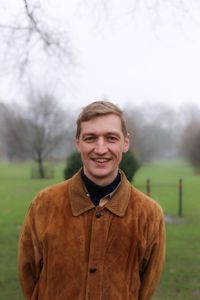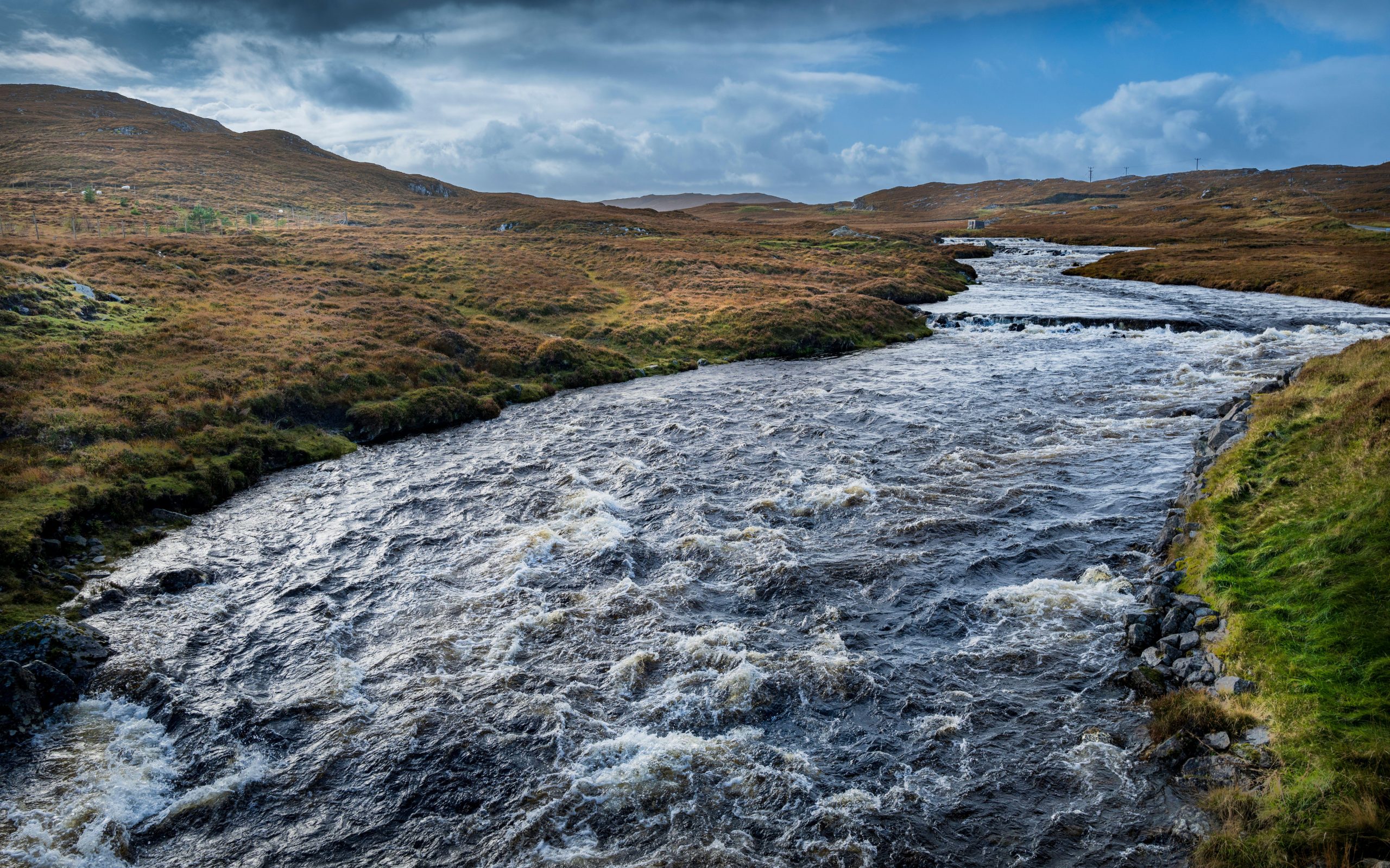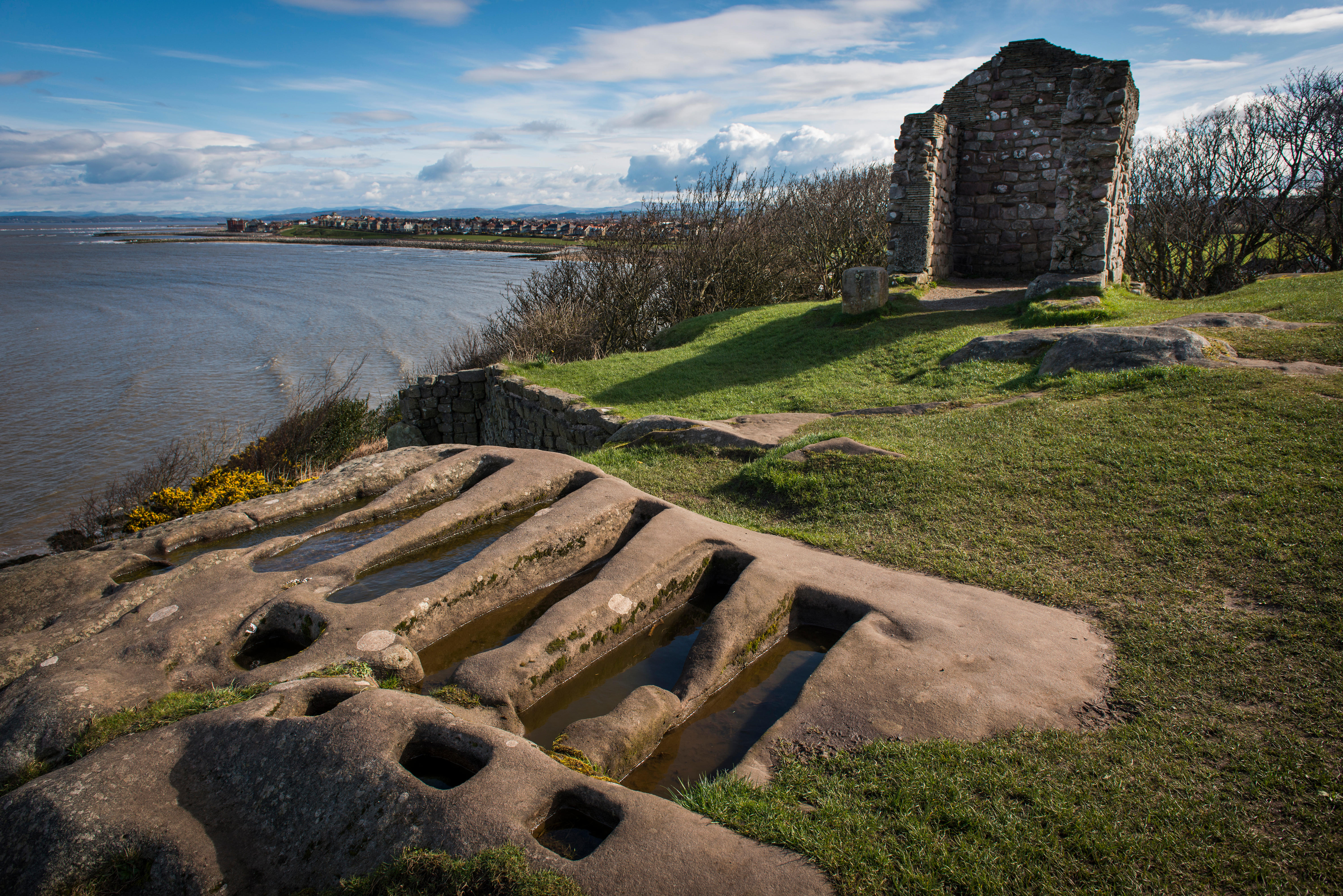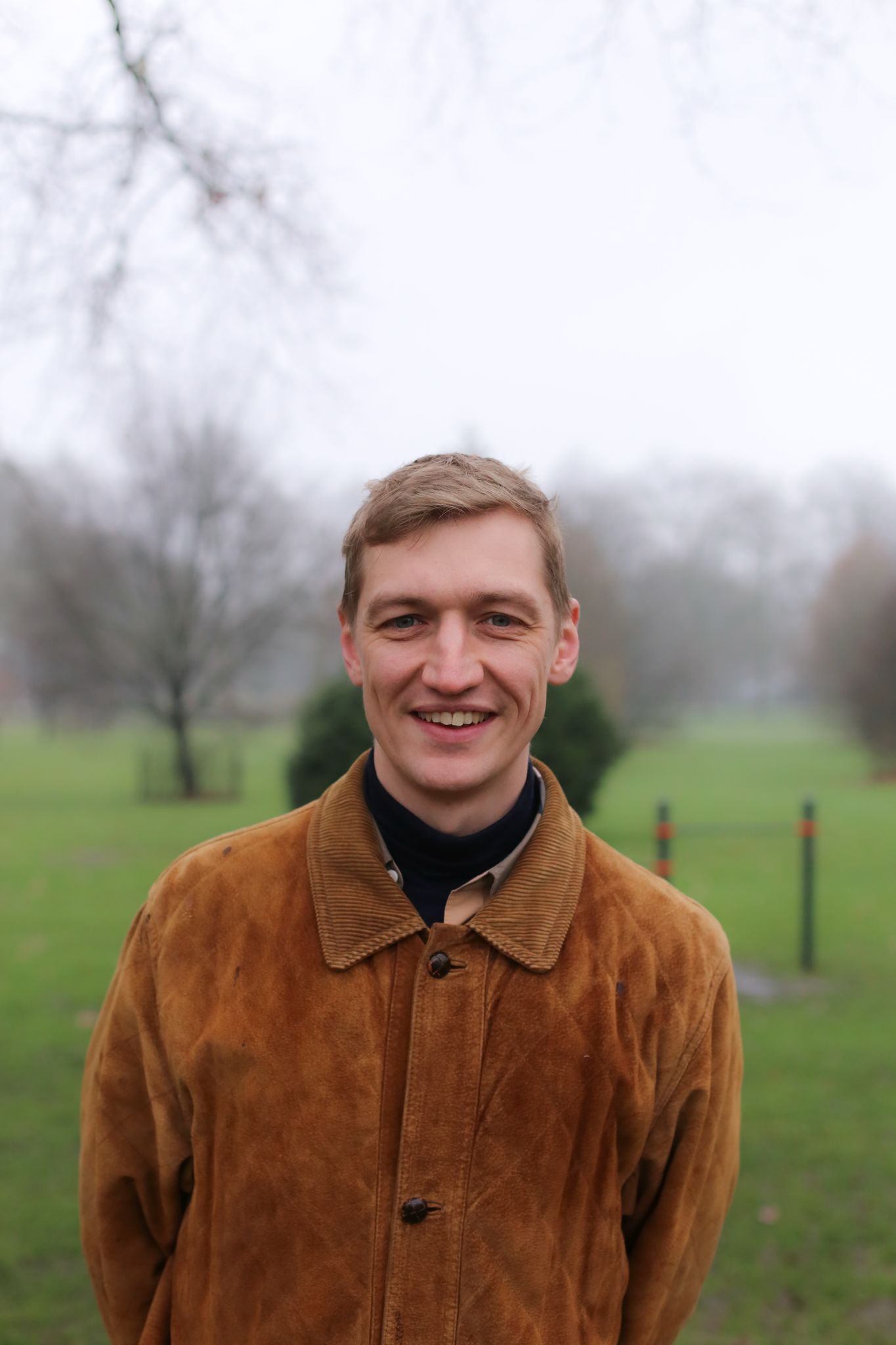Patrick Galbraith: The best sport in life is free
Patrick Galbraith's trip to the Isle of Lewis shows him a new perspective on how to land a bird for your festive roast.


Last week, I was on the Isle of Lewis, crouched behind an old barbed-wire fence at dawn. The tide drew in around my boots, cold light broke through in the eastern sky and, out on the mud, a curlew cried. The previous evening, we’d stayed up late, having gloomy conversations with the outgoing party about how few fish they’d caught. They knew the River Grimersta like an old friend, but, despite fishing it hard, with experienced gillies, they’d only managed four salmon. The strange thing is that the conditions had been perfect, but the fish seemingly had no interest.
Grimersta is certainly not the most expensive fishery on the windswept and almost treeless landmass of Lewis and Harris. Garynahine, further to the north, charges a fair bit more for a week’s fishing and Amhuinnsuidhe Castle, which in the Gaelic means ‘sitting by the river’, up to £40,000 for a week of fishing and stalking. The Renoir and Chagall paintings on the castle walls probably help justify it.
Grimersta is nothing like that, but it’s still a bit of an outlay for a group of young guys, which, I suppose, is fair enough — even when the fish won’t have it, the river is still one of the most beautiful and walking up grouse on the moors above the lodge is shooting at its wildest and most sustainable. But as I stood there, listening to the sea, it struck me that goose shooting only costs whatever it takes to get there. Anybody with a shotgun certificate can head out wildfowling in lots of places below the high-tide mark.

The greylags on Lewis roost on the mud and, at dawn, fly inland to feed on crofters’ fields. As the weather has become kinder, the population has grown; a conversation with a crofter about geese is generally a bitter one. A man known as Big Angus set about making goose burgers, but it was reportedly time consuming and not particularly lucrative.
Before the geese rose, ducks moved in the cold dawn — strings of teal, pairs of mallard and coils of wigeon — but they were all out of range. You’d be pretty cut up if you didn’t pull the trigger when shooting pheasants, but the wonder of wildfowling is as much about watching and listening as it is about actually shooting anything. By the time the geese finally started calling, indicating that they were about to move, it was 7am and the sky was a hard grey.
When they come low over the sea, moving together and singing like hounds, it’s almost too much; you find yourself in a trance, unable to lift your gun. They call it goose fever in America, but, by the time they were on me, I’d gathered myself and I knocked two out of the skein. They poured over for 20 minutes, but, after five, I stopped.
Every Christmas, I have a goose party, but, if I’d kept at it, I’d have ended up with a bird for every friend I’ve got. One January, I met a young newspaper staffer who told me she’d had a terrible day at work. ‘An idiot commissioning editor’ had asked a writer to tap something up about cooking geese for his vegetarian pals (most of whom decided to try it). It was, she said, the most bizarre piece they had ever run. I introduced myself and she fled to the bar in horror.
Exquisite houses, the beauty of Nature, and how to get the most from your life, straight to your inbox.
This season, people will spend vast amounts of money shooting. It’s great in that it keeps gamekeepers employed and pays for conservation, but I reckon the best sport, catching rabbits with ferrets or spinning for mackerel off the rocks, is sport that’s free.

Credit: Getty Images
Patrick Galbraith: 'We both agreed that, regrettably, adulthood is merely a series of youthful illusions being shattered'
Patrick has been rubbing shoulders with communists, publishers, New York Times writers and alumni of Cheltenham Ladies' College — and sometimes

St Patrick’s Chapel ruins, Heysham: The mythical Lancashire ruins with a heavenly view
Annunciata Elwes takes a look at St Patrick’s Chapel ruins, a Morecambe Bay landmark.

Patrick Galbraith: 'The man had a blood blister on his lip, a gold earring and a Jack Russell in a crate in a pushchair. "The wife’s," he said, noticing me looking at the dog'
Anyone who laments a lack of tolerance in the country ought to visit the Appleby Horse Fair, says Patrick Galbraith.

Patrick Galbraith: 'Rather than asking if she could be next up for a pigeon, she quit. Her liking for oat milk should have given the game away'
Country Life's newest columnist Patrick Galbraith on car washes, dogs and the inevitable culture clashes that come with being a
Patrick Galbraith is an author, journalist, former editor of Shooting Times, and a regular contributor to Country Life.
